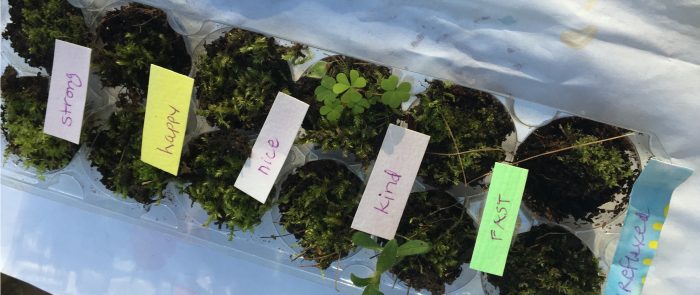Listen here to Dr. Roxie’s interview on
Doctor Health Radio from Honolulu, Hawaii
She discusses “what improves mental health?” Find out how your heart/brain
is a powerful electromagnetic device that can boost your immune response
and be felt up to twenty feet away.
The most important gift you can give your children is connecting with them
from a place of calm. Learn how imagining a Hawaiian island retreat is good
for your kids and even better for you!













